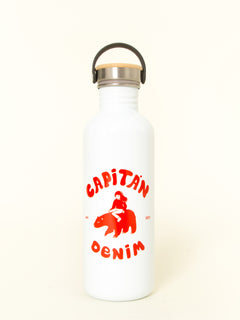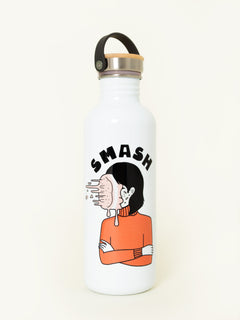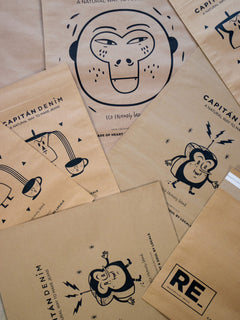Origin of ripped and unstitched jeans
Origin of ripped and unstitched jeans

Baggy, slim fit or skinny, straight cut, boyfriend, roll up... nowadays there are countless different styles of jeans and one of the most current trends is to wear them torn and unstitched, something that seems new but He's been with us for quite some time. Fashion is cyclical and trends come, go and come back stronger.
This versatile garment has always been subject to changes by designers and major fashion brands. Starting in the 1930s, this garment was no longer used exclusively by workers and began to be used more commonly, but it was not until the 1960s that some unstitched pants began to be seen. .
The arrival of the ripped pants trend would still take about 20 years to arrive. It was in the 1980s when pants with a tear below the knee began to appear, something that not everyone could afford because in those years, clothes had to last a long time.
At first there were small tears below the knee, but that was just the seed of what was to come in jeans. Soon the larger tears would arrive that would expose the entire knee and even part of the legs.
In those years, wearing torn clothes was a symbol of rebellion and was a sign that a decade full of changes was about to arrive. It was in the nineties when the trend of wearing ripped and unstitched jeans spread and it was a true fashion that many of you will surely remember.
This trend was very present during much of that decade but with the arrival of the 2000s it disappeared and gave way to different ones. As we already told you, fashion is cyclical and those broken ones that were so popular in the eighties and then in the nineties would not take long to return.
Many designers, such as Helmut Lang or Tom Ford, among others, began to customize jeans again, not only with inlaid stones, feathers and embroidery, but also ripped jeans, although slightly more discreet.
It was the Italian brand Dolce & Gabanna that presented this trend again in one of its shows, with unstitched pants, very worn in the thigh area and with that characteristic rip at the knee. This ability to reinterpret the classic is a distinctive characteristic in the world of fashion and digital commerce .



